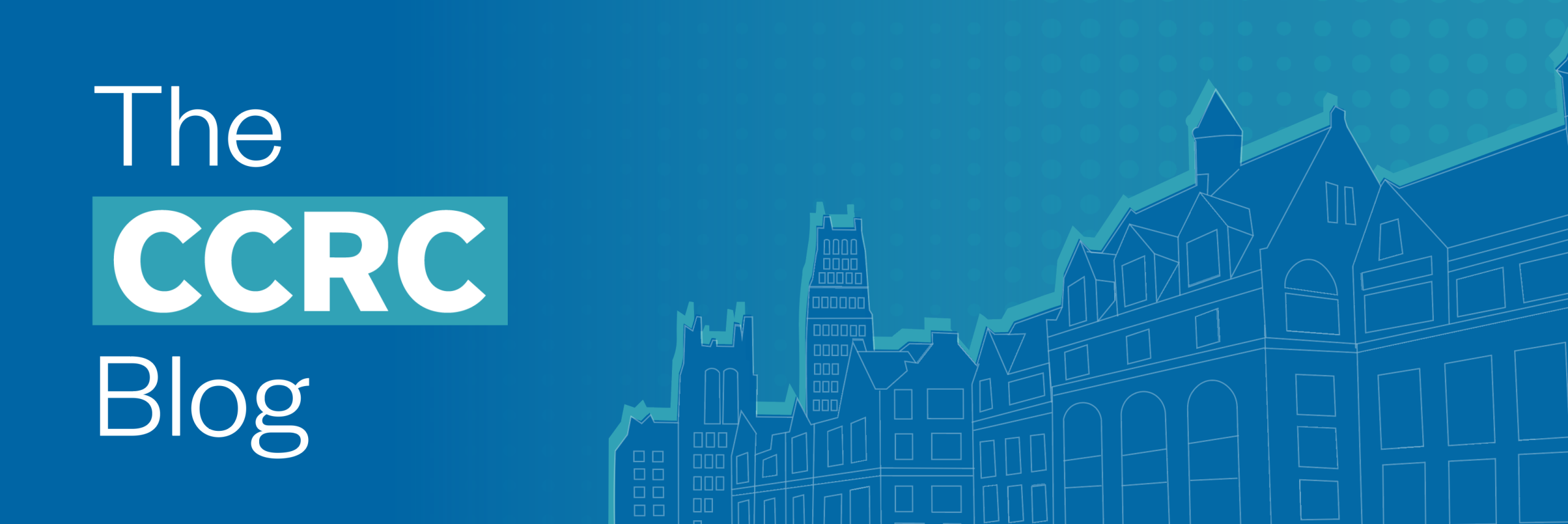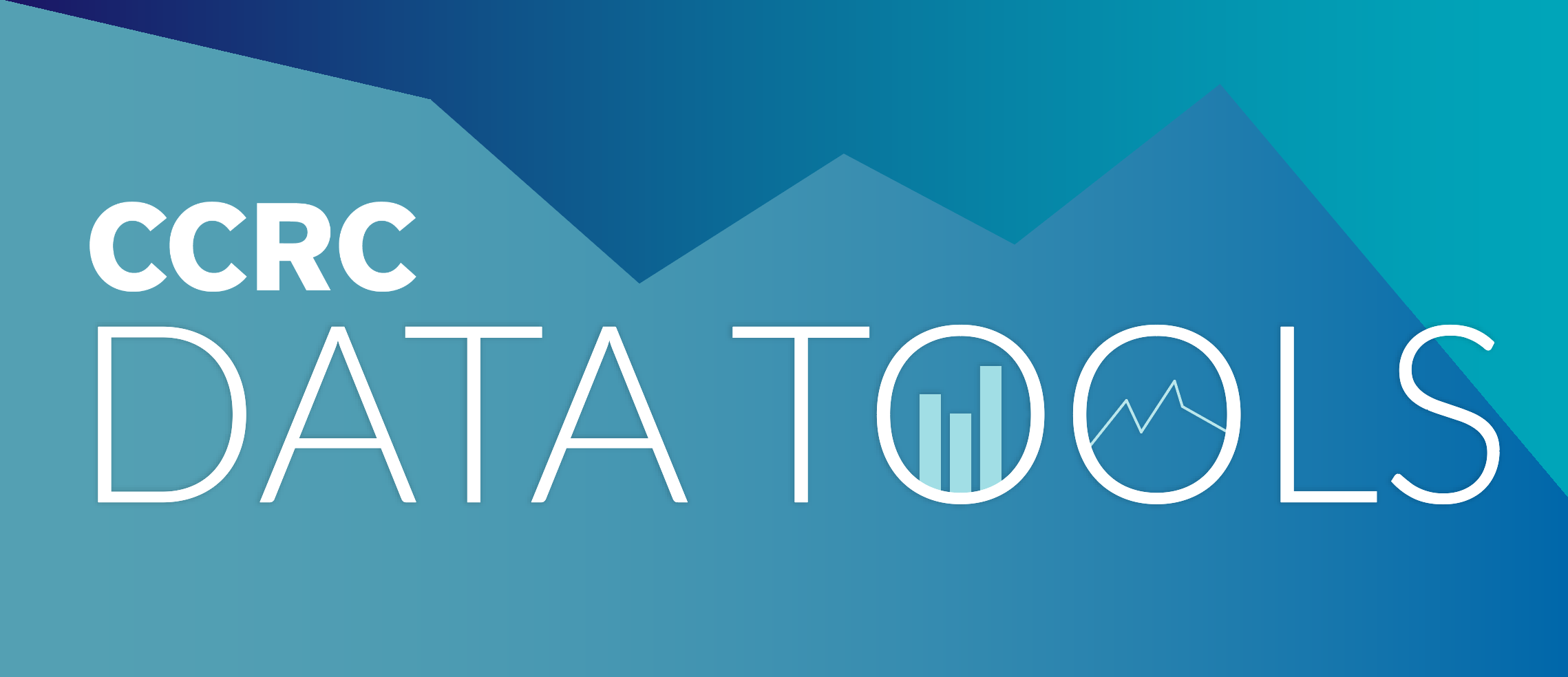It is somewhat ironic that recent discussion in community college circles around apprenticeship tends to treat this workforce education practice as an innovation for developing America’s skills and talent. In fact, it is a centuries-old workforce strategy that has been resurrected by the Trump administration and many states and is now being touted as a more effective approach to student workforce development than traditional degree programs. In some cases, policymakers and community college leaders are supporting apprenticeship as an “alternative” to degrees.
Many of these “new models,” however, narrowly focus on only one essential end goal: entry-level employment at the workplace. Clearly, for some students and employers, this objective is critical, but it’s not the only goal of apprenticeship or of workplace learning more generally. In the design of innovative programs across colleges, we should not lose sight of the essential contribution work-based learning makes to student success. Apprenticeship and other forms of work-based learning can motivate student learning, and skills mastered at the workplace can promote greater student success in the classroom. Instead of seeing apprenticeship as an alternative to postsecondary education, community colleges should strive to promote work-based learning strategies as part of a more expansive and diverse student success agenda. As John Dewey said over a century ago in arguing against narrow traditional vocational education, the education for occupations should be transformed to an education through occupations. What you learn on the job is relevant not only to that occupation but also to broader success in education and employment.
Within the present discussion of apprenticeship this should not be lost. For years at Macomb Community College, where I spent most of my career, apprenticeship was considered a separate part of the institution. There was a different calendar and a separate set of courses, and the programs awarded applied degrees that did not transfer. Now apprenticeship at Macomb is integrated with regular college programming, and increasing numbers of students are seeking a transfer degree as well as an apprenticeship. Many are following transfer plans the college has with various four-year institutions. In short, apprenticeship is becoming a stepping stone for many younger workers to a career pathway. Students’ motivation to earn degrees has influenced the college to pilot a set of wraparound services for noncredit adult learners. In a recently completed Trade Adjustment Assistance (TAACCCT) grant-funded program, many of the adults not only landed jobs through noncredit certificate programs but also earned 15 credit hours toward a degree.
Now the college, with support from the Wilson Foundation, has developed a second-generation workforce program, which takes high school students through noncredit summer camps into a direct pathway to further skills training through MCC’s Michigan Apprenticeship Program Plus (MAP+). At the same time, they earn credits through the Early College program. It is this combination of work-based learning and college credit that is attractive to younger students, who see apprenticeship as the start of a career ladder. Hopefully, their experience will aid them in completing a degree as well.
But this is only a beginning. Most private-sector firms, even in manufacturing and construction, do not utilize such structured work-based learning programs as apprenticeship. So, one big challenge to community colleges is convincing employers to systematically undertake cooperative education, internships, or other work-study programs as means of work-based learning for students. A related broad challenge for all of us who believe in workforce education is to understand better the specific advantages of learning on the job and how we can measure this learning. But the interest in apprenticeships is a promising start—if we keep the big picture in mind.





